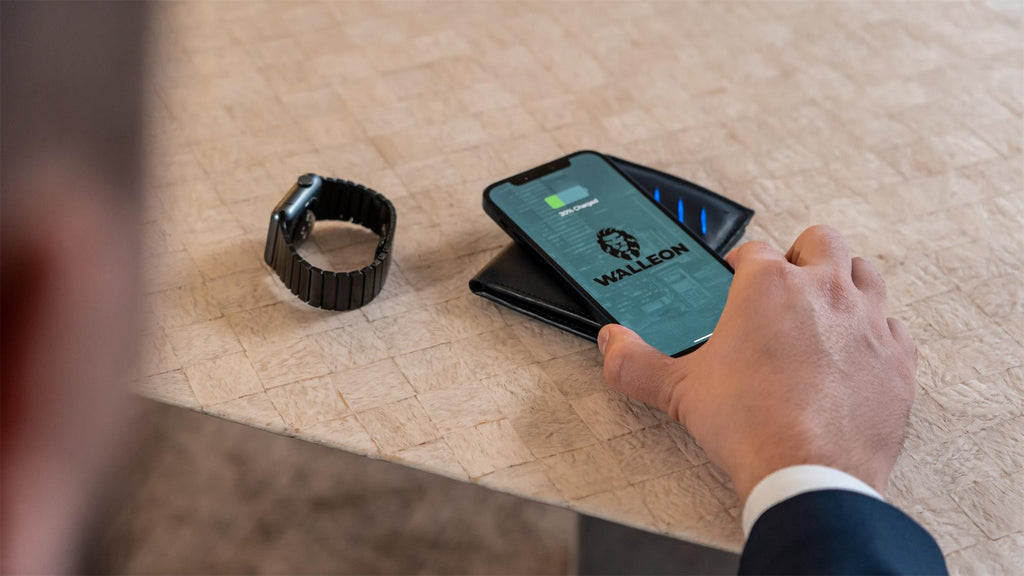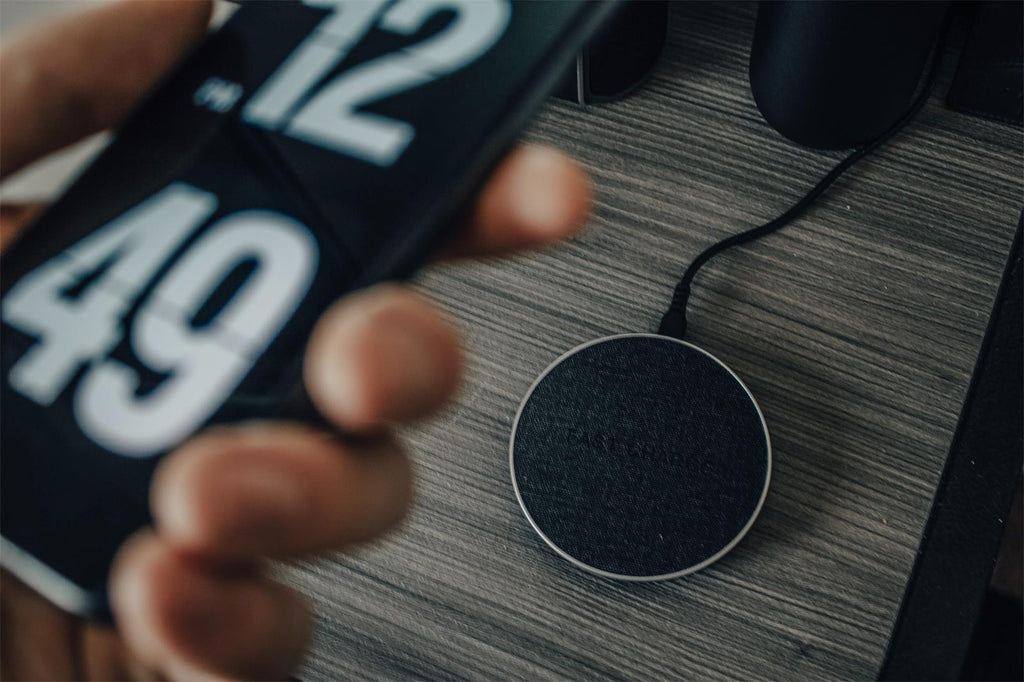
The Principle of Wireless Charging
In the current world, technology has become more advanced. Electronic gadgets have made our daily activities more reliable. Wireless charging made in 2008 has been around for a while now but took off after a couple of years. More and more manufacturers have been getting on board with the wireless charging standard. The tech is now inside almost all gears, such as smartphones, camping portable power stations, amongst many others.
What is wireless charging?
Wireless charging, also known as induction charging or Qi technology, utilizes electromagnetic fields to securely transfer power from a transmitting source to a gadget for remote charging. The main wireless standard is Qi, developed by the Wireless Power Consortium (WPC) for inductive charging over distances of 40mm.

How does wireless charging work?
The principle of wireless charging technology involves the use of electromagnetic induction or resonance to wirelessly transmit power between a wireless charger and a device that can be wirelessly charged. While there are different variations of wireless charging, the most popular is the inductive charging system.
Wireless charging requires two connected coils for power transmission. The coils are called the primary and the secondary coil. The primary coil produces the current by which the secondary coil is charged. Any device that can be wirelessly charged has its own coil inside.
Wireless charging uses a list of simple steps before working:
1. The applied power voltage is first converted into HFAC (High-frequency alternating current)
2. Then, the HFAC is supplied to the Transmitter (primary) coil through the transmitter circuitry; the HFAC flowing through the coil generates an oscillating magnetic field in the transmitter copper coil.
3. The transmitter coil's electromagnetic field then passes through the receiver's (secondary) coil of the device to be charged.
4. The varying electromagnetic field in the receiver coil releases a flow of current through it.
5. The current flowing through the receiver's coil is then converted into Direct Current (DC) by the receiver circuitry, which is further used for charging the battery of the device to be charged.

Pros of wireless charging
1. It is safer than conventional charging: there is less risk of electrical faults because the charging exists without cords and no exposure to oxygen or water.
2. It has Easy integration: wireless charging can integrate with almost any type of device, no matter the shape or size of its charging socket. There are other devices that can be charged asides from smartphones, such as laptops, etc.
3. Simple and intuitive: wireless chargers are as intuitive to use as they are easy to setup. All you need to do is drop your devices and go.
4. It is more reliable and convenient: no need for cables. You just need a cable connected to the charging mat. Also, you won't need different chargers because it can all be at the same time.
5. It is more durable: without connecting and disconnecting, there is also no wear and tear on the charging device.
6. It won't reheat your device: the wireless charger automatically shuts down once your device is charged. This means a safer charge and no overcharged batteries.
Cons of wireless charging
1. Performance: A disadvantage of wireless charging is it lacks efficiency in comparison to traditional chargers. What's more, some wireless chargers dispense more heat than traditional ones, and this makes the charging process slower. Charging via cables is still faster.
2. Mobility: Once charging has started, you would need to keep the device on the charging pad at all times because it cannot be moved. This is a disadvantage because it makes it hard to operate the phone while it is being charged.
3. Cost-effective: Devices that use this technology are cost-effective because of the added manufacturing cost and complexity. Wireless charging uses more energy than conventional charging, which means slightly higher electric bills.
4. Charges slower: Fast charges provide over 2.5A, but Qi is typically 0.5A to 2A. This shows that wireless charging takes time when charging. Due to the lower efficiency, devices take 1.5A or 5A to charge.
5. Compatible standards: Not all devices are compatible with inductive chargers.
Starting from now, wireless charging isn't yet there, but it is prone to change and development. The latest iPhone is adopting this new technology in their production. Wireless chargers come in different forms. Aside from the charging pads, they can also be found in portable power station generators, kitchen appliances, and rechargeable car drivers. A power station generator is ideal for long vacations. You won't have to fret when your device, headlamp, or laptop goes off with the right one. AceVolt is your ideal manufacturer; we specialize in technological gadgets that leave you safe, fulfilled, and comfortable.
A newly released model is a portable power station. AceVolt was established with 100 campers/camping enthusiasts. The power station supports wireless charging for more than a device. The new product category named Campower is a combination of cam+power, specially designed for campers. While other power stations are all-rounders and can be used anywhere, AceVolt is specially made for camping. So, are you wondering what wireless charger would last for a long period of time during that camping trip? Do you need a portable power station? AceVolt fulfills that craving.

What is the future of wireless charging?
Wireless charging technology is expected to evolve over the next few years. Industries such as healthcare, automotive, businesses, and manufacturing are embracing this technology because wireless charging assures improved mobility and advances in the few years to come. So, for starters, more charging possibilities in public places. However, the ability to create a cooling system remains a challenge in wireless charging. The higher the battery size, the higher the rate of heat generation and current flow. Designers are working on a more convenient design.
Conclusion
Wireless charging is becoming the new normal. If you have an electric toothbrush in your home, you have access to a wireless charger. While designers slowly work towards a better design, the existing technological kind has won the hearts of many. To use AceVolt camping power station generation, Call us today!
Related Product























Leave a comment